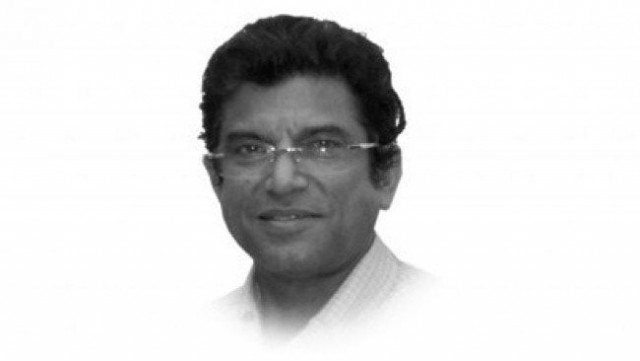
In 1982, sectarian violence started in Sadda in lower Kurram. Sixty-eight Shia families were forced to abandon their homes and had to take refuge in Parachinar. The matter was resolved through a jirga in 1990, but the decision has still not been implemented. In April and November 2007, the worst sectarian fighting in Kurram’s history took place. The Taliban had infiltrated the Sunni area and raised a local Taliban force. Their commander was under Baitullah Mehsud’s direct control. Forty villages were destroyed, and about 2,060 houses were set ablaze. More than 2,300 families were displaced and 95 places of worship were attacked. Land mines were planted in the fields. Snipers from both sects continuously fired on their opponent’s villages. The Thall-Parichinar road was closed for Shias, who in retaliation prevented the Sunnis of upper Kurram from travelling on the Parachinar road. The political administration took some steps that defused the situation, but was not a permanent solution. In October 2008, an accord was signed in Murree.The elders and tribal chiefs of the two rivals — the Turi and Mangal tribes — signed a written agreement in the presence of the members of parliament from the Agency for a permanent peace. However, this accord has yet to be implemented. Clearly, this needs to be done.
Adequate force should be placed at the disposal of the political administration. Legislators from the agency should be involved and jirgas should be held to implement the Murree Agreement. The Frontier Corps, Frontier Constabulary and police should be deployed to block routes from North Waziristan, and in Tor Ghar Mamoo up to Hugu, so that the Hangu-Thall-Parachinar road can be made safe for travel. Rehabilitation of IDPs should also be made in phases. As a first step, elders of both sects should engage to settle the displaced Sunnis and Shias of lower Kurram. The decision of resettlement of Shias, displaced from Sadda in 1982, must be implemented through a jirga. Compensation should be paid to all whose property was destroyed during the conflict. Also, properties confiscated during the fighting, should be returned to the real owners through the jirga, comprising of elders from both sects. The crisis in Kurram is not a normal law and order situation. It needs special handling and a focused strategy.
Published in The Express Tribune, June 25th, 2010.














COMMENTS
Comments are moderated and generally will be posted if they are on-topic and not abusive.
For more information, please see our Comments FAQ